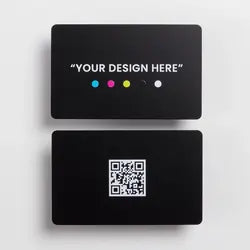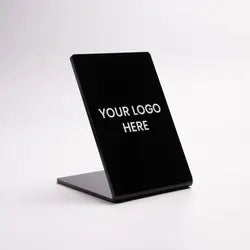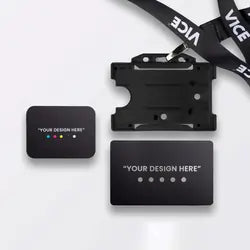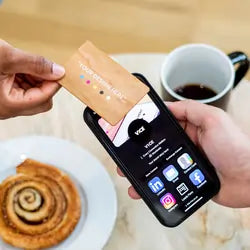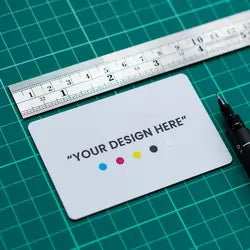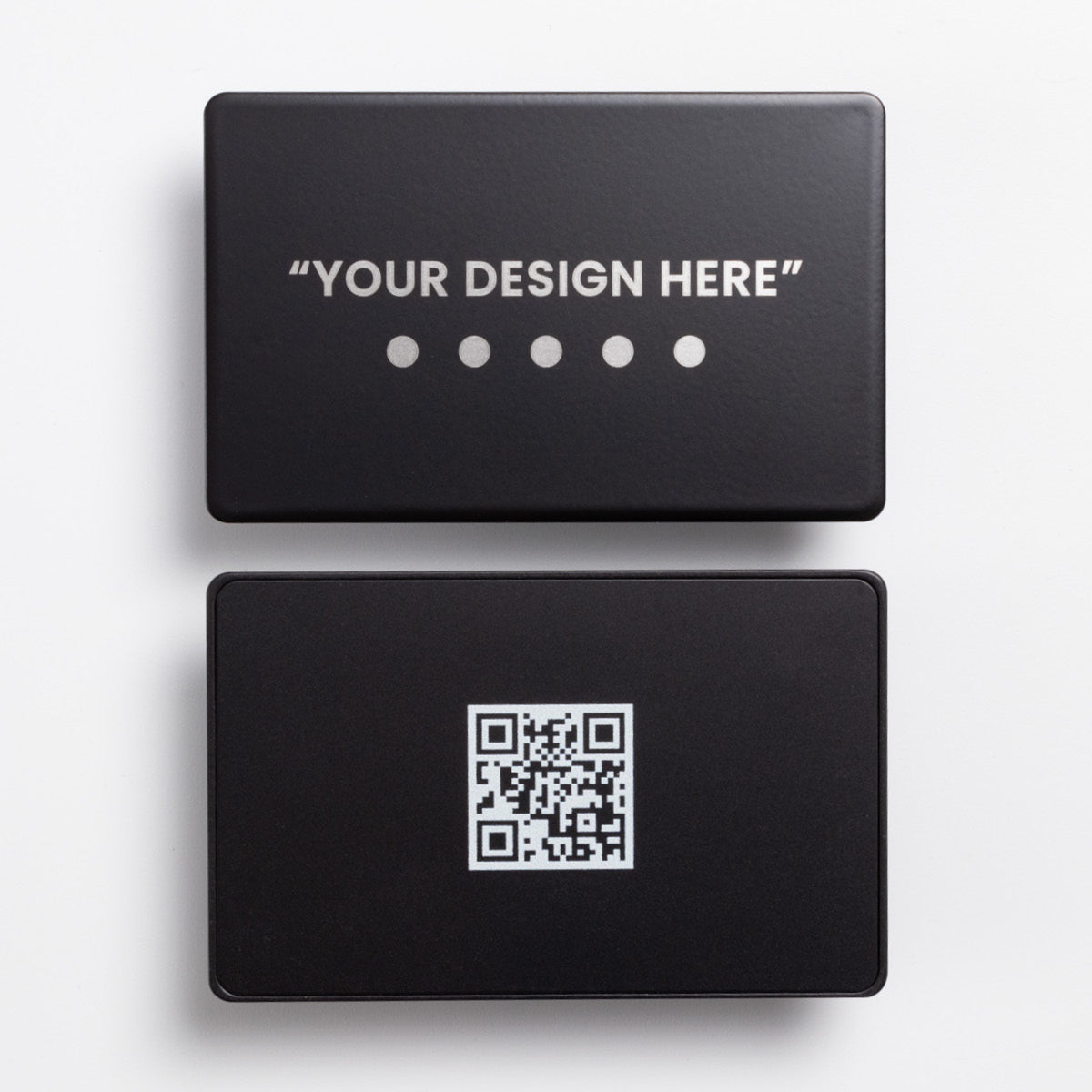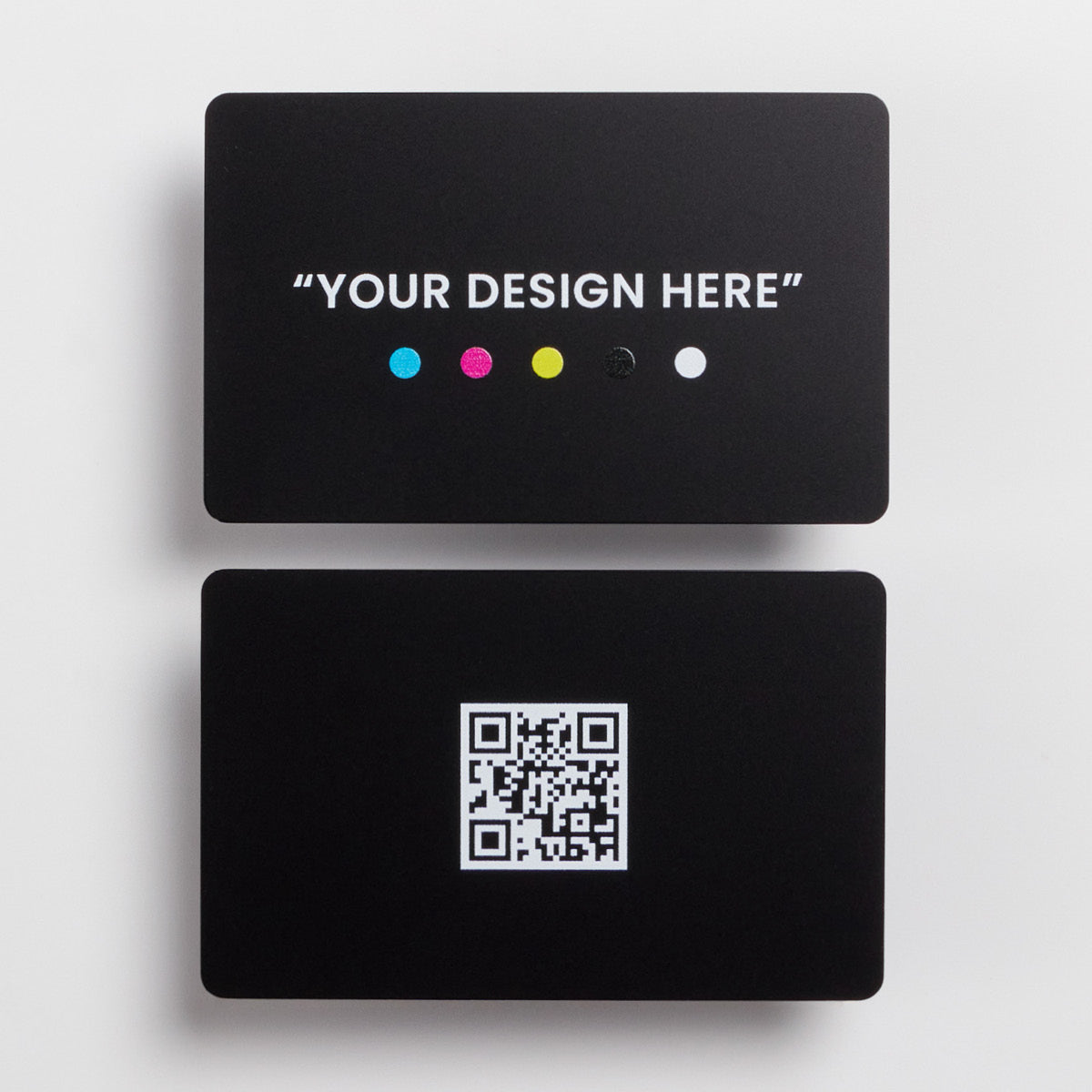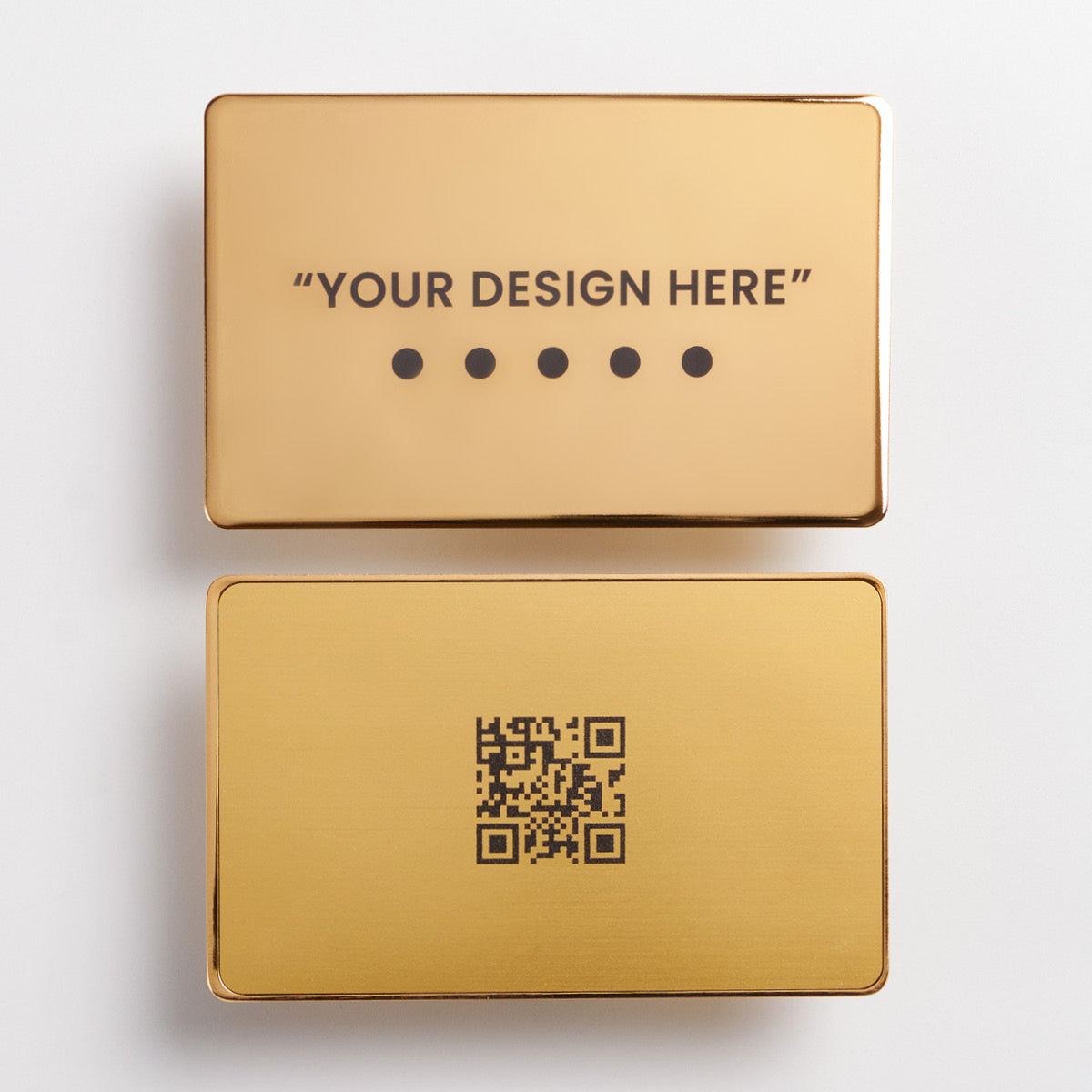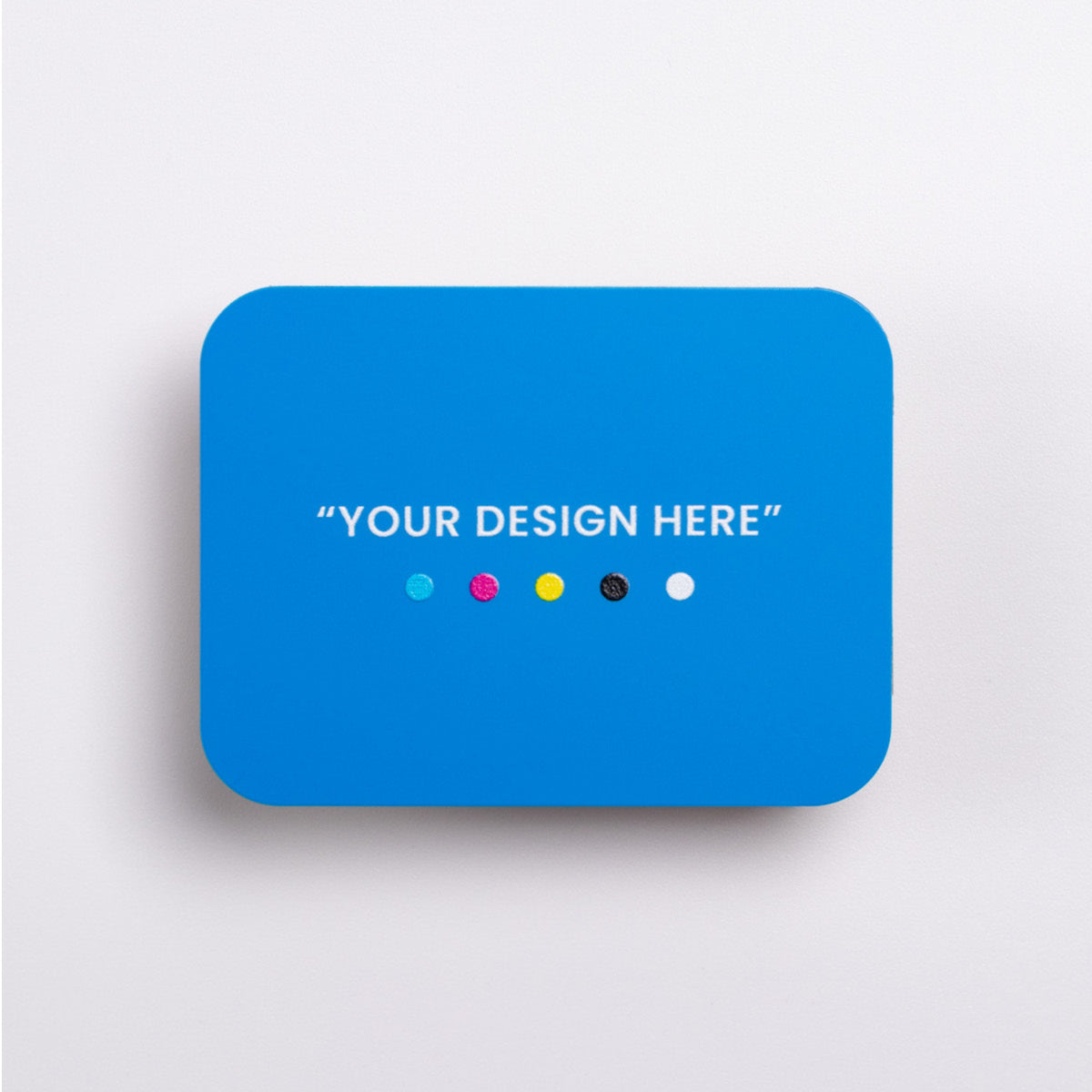First impressions are pivotal. Within the first few seconds of meeting someone, an impression is formed that often lasts and can set the tone for the entire relationship. This is particularly crucial in the world of networking, where these initial moments can dictate professional opportunities and collaborations. However, the principles of making a memorable first impression are universally applicable, whether in professional settings, social gatherings, or daily encounters. Let’s dive into the psychology behind creating a lasting first impression.
1. The Power of Non-Verbal Communication
Studies in social psychology suggest that non-verbal cues often speak louder than words. Your body language, eye contact, and even your attire play a significant role in how you are perceived. A firm handshake, a confident posture, and maintaining eye contact are seen as signs of confidence and sincerity. In contrast, a slouched posture or avoiding eye contact can convey disinterest or lack of confidence.

2. The Art of Active Listening
Making a great first impression isn’t just about how you present yourself; it's also about how you perceive others. Active listening is a key component. This means genuinely engaging with what the other person is saying, showing interest, and responding thoughtfully. This not only shows that you value their opinions but also helps in building a connection that goes beyond superficial interaction.

3. Authenticity and Sincerity
People are naturally drawn to individuals who are authentic and sincere. Trying too hard to impress or deviating from your true self can often be counterproductive. Authenticity builds trust and rapport. It's about being comfortable in your skin and valuing your own unique qualities and experiences.
4. The Role of Personal Branding
In the context of networking, how you brand yourself is crucial. This goes beyond physical appearance; it’s about the story you tell about yourself. Are you an innovative thinker? A problem solver? A team player? Your personal brand should reflect the professional identity you want to project. Tools like V1CE Digital NFC Cards can be instrumental in this regard, allowing you to seamlessly share your professional identity in a modern, sophisticated manner.
5. Smile – The Universal Language
A smile is a powerful tool in your arsenal for making a great first impression. It's a universal sign of friendliness and approachability. A genuine smile can break barriers and warm up the atmosphere, making the interaction more pleasant and productive.

6. The Importance of Follow-Up
The impression you make doesn’t end with the initial interaction. Following up after your first meeting is crucial. Whether it’s a quick email, a LinkedIn message, or a hand-written note, following up shows that you value the connection and are interested in maintaining the relationship.
Conclusion: First Impressions Last
In conclusion, making a great first impression is a blend of non-verbal cues, active listening, authenticity, personal branding, and follow-up. Whether in networking or daily life, these principles can help in creating positive, lasting impressions that open doors to new opportunities and relationships. Remember, the first impression is not just about that one moment; it's the beginning of a journey in any relationship.
